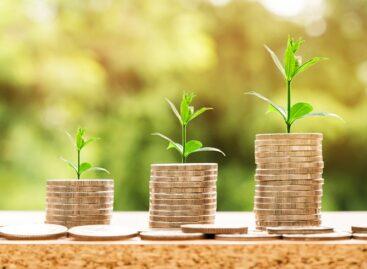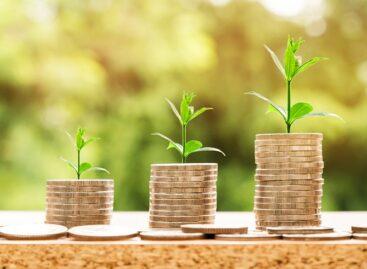A new method for fuel production converts bananas into hydrogen
Scientists at Switzerland’s EPLF have developed a new method for pyrolysis that produces both syngas, and a useful, solid-carbon biochar. The new method uses a xenon lamp as a source of high-power energy. The biomass absorbs the energy and this triggers conversion into syngas and biochar.
The EPLF researchers used the technique on materials such as banana peels, corn cobs, orange peels, coffee beans and coconut shells. These were dried and ground to a powder, which was exposed to the xenon flashes. Each kilogramme of biomass powder generated 100 litres of hydrogen and 330 grammes of biochar, which is a very good return.
Springwise
Related news
The European Parliament has adopted its position on the future of the EU’s agricultural policy
🎧 Hallgasd a cikket: Lejátszás Szünet Folytatás Leállítás Nyelv: Auto…
Read more >EP wants more agricultural support in EU budget after 2027
🎧 Hallgasd a cikket: Lejátszás Szünet Folytatás Leállítás Nyelv: Auto…
Read more >The importance of wood industry by-products in biomass use has increased significantly
🎧 Hallgasd a cikket: Lejátszás Szünet Folytatás Leállítás Nyelv: Auto…
Read more >Related news
Fidelity Kitekintés 2026: Ne becsüljük alá az inflációt!
🎧 Hallgasd a cikket: Lejátszás Szünet Folytatás Leállítás Nyelv: Auto…
Read more >Company Trend 2025 – domestic businesses under strong pressure, in a negative trend
🎧 Hallgasd a cikket: Lejátszás Szünet Folytatás Leállítás Nyelv: Auto…
Read more >Surprising ordering statistics: foodora sampled the ordering habits of Hungarians in 2025
🎧 Hallgasd a cikket: Lejátszás Szünet Folytatás Leállítás Nyelv: Auto…
Read more >







